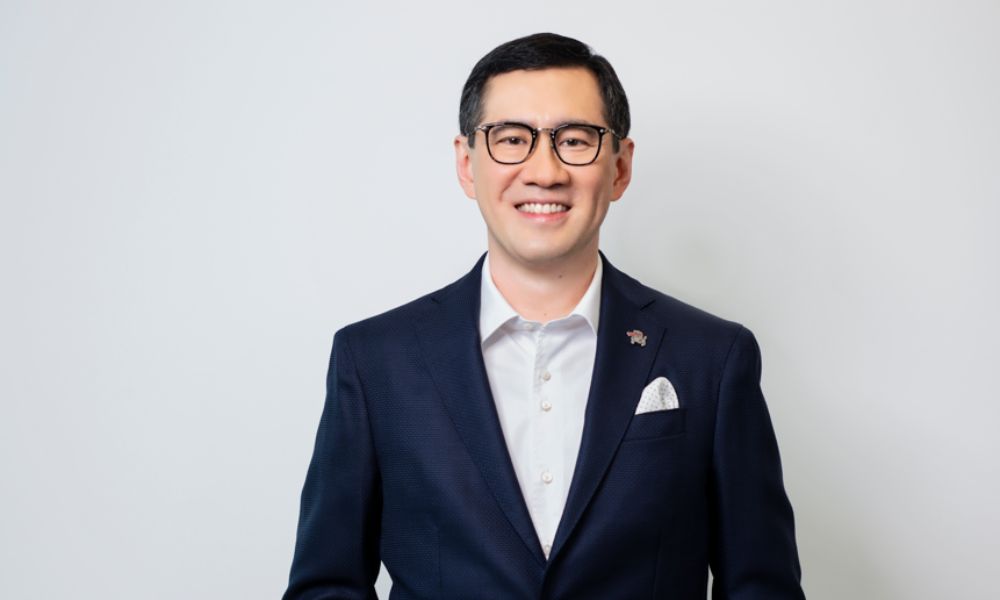LIA Singapore president on an “insightful” inaugural year

LIA Singapore president on an “insightful” inaugural year | Insurance Business Asia
Life & Health
LIA Singapore president on an “insightful” inaugural year
“Looking ahead, digitalisation will remain a significant driving force”
Life & Health
By
Kenneth Araullo
The life insurance sector in Singapore reported a marked decline for the first nine months of the year, with weighted new business premiums down by 9.7%. This decline, largely attributed by the Life Insurance Association (LIA) of Singapore to a decrease in single premium policies due to economic uncertainty, has put a spotlight on the many challenges that have faced the sector this year, as well as the hurdles to come in the next.
Despite these results, LIA sets its sights on what is to come, especially with a president who is just about to end his first year at the helm. In conversation with Insurance Business Asia, LIA Singapore president Dennis Tan (pictured above) discussed his inaugural year with the association as well as its priorities as the industry enters 2024.
“I took on the role of president in March 2023, and it has indeed been an insightful journey of continued growth and learning. Our focus is always on how we can do more, and how we can do better,” Tan said.
Tan outlined three key priorities for the life insurance industry that LIA will tackle.
“The first is to identify and develop key initiatives to bridge Singapore’s protection needs and financial gaps through insights derived from our recent protection gap study. This will allow us to better understand and identify various protection gaps that will help to address current mortality and critical illness protection gaps,” he said.
Next on the list is digitalisation efforts, a trend which has been on the uptick ever since the pandemic affected global industries. Tan emphasised a continuation of these initiatives to enhance the journey for all stakeholders and the wider public.
“Lastly, one of our main priorities is supporting Singapore’s sustainability agenda through sustainable investing and green solutions,” he said. “We remain optimistic about the role and value of the life insurance sector as we look to be agile in addressing challenges posed by emerging technologies, economic uncertainties, and Singapore’s rapidly ageing population.
“Three areas we are doubling down efforts on are: helping consumers in getting more adequately protected to bridge their mortality and CI gap; supporting Singapore’s efforts to drive the sustainability agenda to encourage healthy living across all groups; and leveraging technologies and driving innovations to enhance the consumer experience and boost efficiencies,” Tan said.
Bridging the protection gap in Singapore
Tan said that member companies continue to introduce innovative policies that are tailored to the needs of the country’s ageing population, especially in consideration of serious conditions such as dementia and Parkinson’s disease.
“They are also offering plans that extend coverage up to the age of 100, ensuring comprehensive protection for the older generation. Product innovation continues to be a priority for the industry,” he said.
As healthcare costs rise and medical inflation continues, Tan also emphasised the importance of ensuring that consumers are protected against any unforeseen situations or illnesses with sufficient coverage. He reaffirmed LIA Singapore’s commitment to working with member companies to enhance consumer understanding of insurance policies.
“At the same time, life insurers will continue to develop and roll out innovative products that cater to different protection needs across different stages of consumers’ lives,” he said.
“The life insurance industry continues to encourage consumers to pursue healthy lifestyles, offering incentives such as free health screenings, premium discounts for claim-free periods, and rewards for achieving certain health goals. Such programs by our member companies are becoming increasingly more popular amongst Singaporeans as they seek more accessible ways to live healthily,” Tan said.
Supporting a green agenda and further digitalisation
LIA’s efforts also span beyond ensuring the wellness of Singaporean citizens. Tan said that the association recognises that the insurance industry has a part to play as asset owners and to contribute to responsible investing.
“The Singapore government remains invested in promoting sustainability practices and investments,” he said. “For example, MAS recently announced that it is working on a pilot scheme to help insurers make investments in sustainability-related infrastructure projects in Asia. As a strategic partner of the Green Finance Industry Taskforce (GFIT), LIA Singapore will continue to work with key partners to support sustainable investments and develop more green financial solutions for the long term.”
Earlier this year, the association also established a sustainability sub-committee to chart the industry’s initiatives as well as provide feedback to relevant stakeholders, aligned with recognised standards.
“In end September, we also provided industry views on the recent public consultation on Sustainability Reporting Advisory Committee’s (SRAC) recommendations to advance climate change reporting in Singapore,” Tan said.
In addition to its initiatives to support the green agenda, Tan said that life insurers in the country are proactively embracing digital innovations to enhance their digital ecosystems.
“Member companies are implementing cutting-edge technologies, such as digital customer identification, e-signatures, smart underwriting, and claims automation, reflecting the life insurance sector’s commitment to modernisation,” he said.
Consumers and intermediaries are also part of this digital transformation, Tan says, with everyone in the industry benefitting from further digitalisation efforts.
“More individuals are opting to purchase simple insurance products online, signalling a change in consumer preferences and willingness to leverage technology, complementing the usual face-to-face interactions. In response, insurers are leveraging digital tools to provide seamless and convenient experiences for customers,” he said.
“Looking ahead, digitalisation will remain a significant driving force in the life insurance sector, expediting processes, optimising operations through automation, as well as delivering efficient and personalised financial advisory services to consumers,” Tan said.
What are your thoughts on this story? Please feel free to share your comments below.
Related Stories
Keep up with the latest news and events
Join our mailing list, it’s free!






